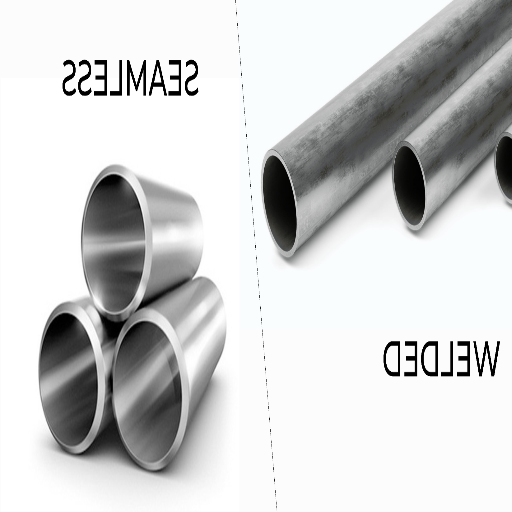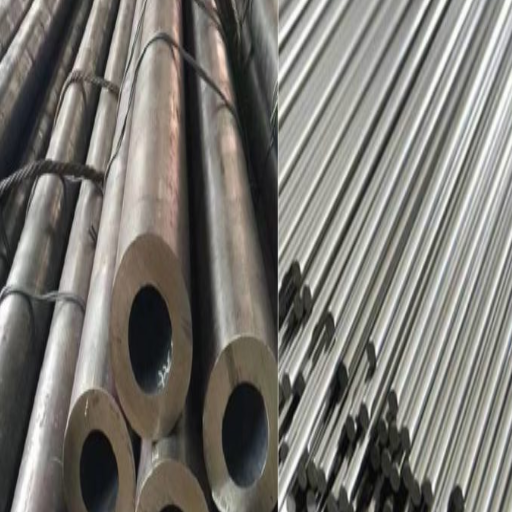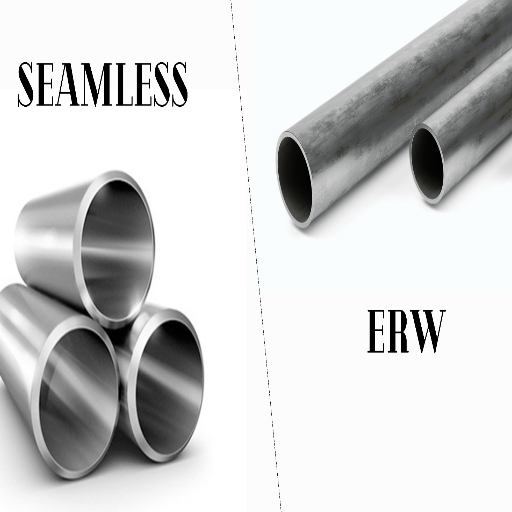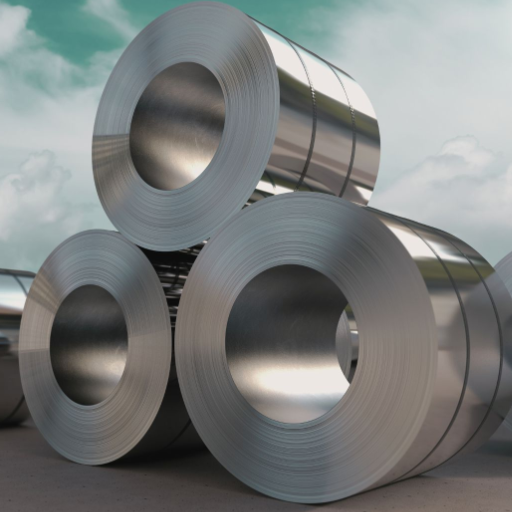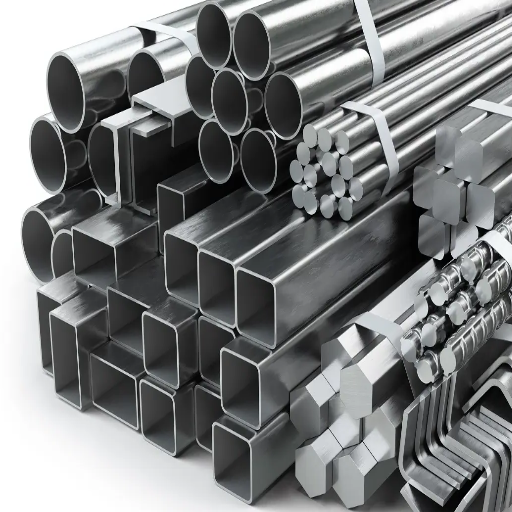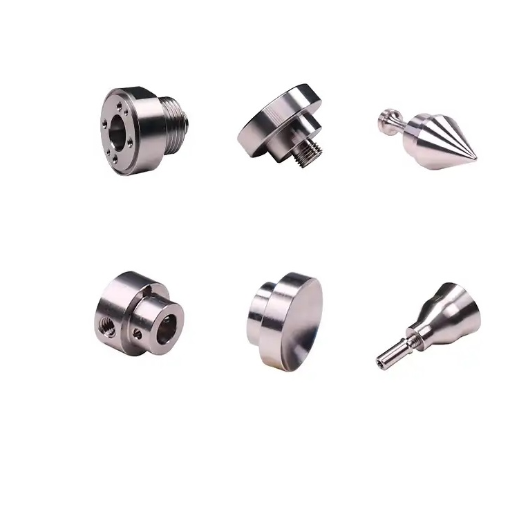Owing to its immense strength, durability, and versatility, steel takes the first position and has become one of the most commonly used materials in various industries. Despite its wide application, steel has different grades that are crafted based on distinct requirements and specifications. This all-encompassing guide will equip the reader with the knowledge related to the different types of steel grades, their descriptions, and how they are applied in diverse fields such as construction, automotive, and manufacturing industries. If you are a professional seeking to broaden your understanding or have minimal knowledge but high interest with respect to the topic, this piece will assist steel grades and their various applications.
What are the four main types of steel?
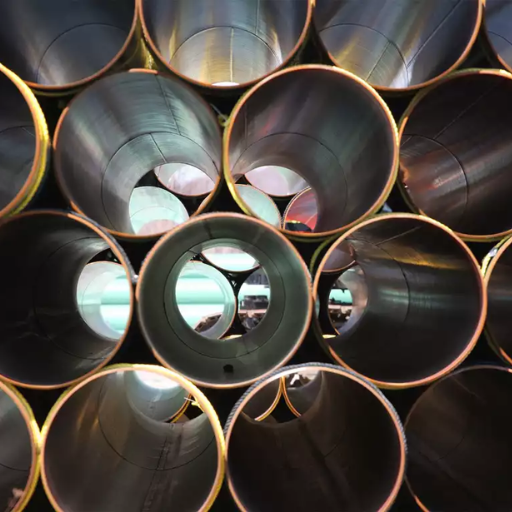
The four foremost classifications of steels are carbon, alloy, stainless, and tool steel. Each category differs in composition and other features that enable its use in particular uses. Because of its strength and relatively inexpensive costs, carbon steel is multipurpose and commonly used in construction work. Alloy steels have additional ingredients such as chromium or nickel, which improve specific features like durability or resistance to abrasion. Stainless steel is frequently used in environments of moisture or chemical solvents because of its high resistance to corrosion. Tool steel is widely known for its toughness and resistance to heat, which makes it indispensable in the production of cutting tools and dies.
Carbon steel: Properties and classifications
As one of the most prominent types of steel utilized throughout industries, carbon steel, in my experience, has its properties and classifications dictating its use. Compositionally, carbon steel is an alloy consisting primarily of iron and other elements in addition to carbon. The strength, ductility, and wear resistance of carbon steel vary greatly in accordance with its carbon content. For example, low-carbon steel is soft, pliable, and malleable, which is preferred for structural beams and as a sheet metal. Medium-carbon steel is referred to as a steel that has the capacity of sustaining moderate amounts of strength as well as being ductile, hence it’s often used in automobile parts or machinery components. On the other end of the spectrum lies high-carbon steel, which is remarkably dull, strong, and has a low level of ductility, making it most suitable for instruments and cutting machinery. Knowledge of these classifications helps ensure that n appropriate material is chosen for the project on demand, making it successful.
Stainless steel: Corrosion resistance explained
The ability of stainless steels to resist corrosion is derived from their chromium content, where oxygen readily present in the environment forms a thin, stable oxide layer on their surface. This layer prevents further oxidation as well as rusting, and staining of the material. Resistance to corrosion increases with an increase in chromium content, which is often boosted further by the addition of nickel and molybdenum. Stainless steels are widely used in applications with high moisture/ chemical exposure and extreme temperatures because of this remarkable property.
Alloy steel: Enhanced properties through alloying elements
When it comes to steel, alloy steel is the material that I regularly recommend because it demonstrates great flexibility and improved mechanical properties. Its strength, hardness, toughness, and resistance to wear and fatigue can be improved by adding alloying elements like manganese, chromium, nickel, or even vanadium. Alloy steel works extremely well for construction, automotive components, or power generation equipment due to its customization abilities. In my previous professional encounters, with the right operational requirements, choosing the optimal blend of elements becomes easier when one understands the intended use of the material. I have personally witnessed projects transform with the impact of alloy steel, particularly with its versatility and dependability.
How is carbon steel classified based on carbon content?
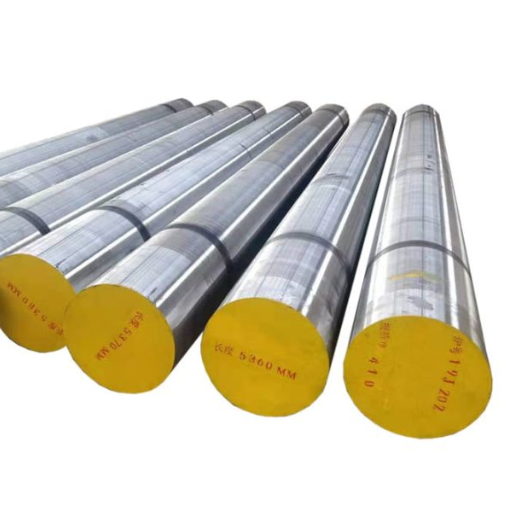
Carbon steel is generally divided into three groups according to its carbon percentage: low carbon steel (also known as mild steel), medium carbon steel, and high carbon steel. Low-carbon steel has about 0.05% to 0.30% carbon, which makes it very malleable and easy to weld. Medium carbon steel has a carbon percentage of 0.30% to 0.60%, giving it a reasonable combination of strength and flexibility. High carbon steel is extremely hard with a carbon content of 0.60% to 1.50% carbon making it dense and strong, but less ductile. It is often used in the production of tools and cutting implements.
Low-carbon steel (mild steel): Applications and properties
Its low carbon content makes it highly ductile, permitting it to be shaped, welded, and fabricated without compromising its structural integrity. This steel type is widely used in construction, automotive chassis, and pipelines, where it is economical and malleable. Moreover, its ability to resist cracking during welding makes it ideal for larger-scale structures such as bridges and buildings. Although it does not possess the hardness or strength of higher-carbon steels, its lack of complexity and adaptability make it beneficial across industries.
Medium carbon steel: Strength and common uses
Medium carbon steel is prized for its strength and toughness, which makes it perfect for use in processes demanding durability and moderate hardness. It is often employed in the production of automotive parts like axles, gears, and crankshafts, as well as in railway parts and machinery components. This type of steel offers an ideal compromise between the strength of low carbon steel and the workability, making it applicable in construction and machinery.
High carbon steel: Hardness and specialized applications
High carbon steel is an interesting material, and I will gladly describe its most important features and applications in simpler terms. First, let us focus on the hardness of this steel; its carbon content is higher than average, within the range of 0.6% to 1.0%. The higher the carbon percentage, the greater the steel’s strength and hardness, and high carbon steel features greater values on both. It is also less ductile than medium and low carbon steels, making it more brittle.
In relation to the distinct structures, this steel is clearly suitable for tools and machinery where wear resistance and hardness are paramount. The following outlines some of the specific factors that render high carbon steel appropriate for such usages:
- Increased carbon levels contribute to exceptional hardness after high carbon steel has been heat treated, making it suitable for cutting tools and other extremely abrasive applications.
- Higher levels of hardness contribute to increased wear resistance, making it ideal for use in knives, springs, and cutting edges.
- Increased carbon content decreases pliability and increases strength, so it is used in more fixed-purpose applications where flexibility isn’t as much of a concern.
- High carbon steel is easily heat treated and responds well to quenching and tempering, allowing manufacturers to make the steel more tailored to their specific needs, for example, toughness and edge retention in tools.
Some of the most common uses include the production of chisels, saws, high-strength wires, and even dies for shaping other metals. Knowing these features and how they correspond with specific requirements is crucial to determining high carbon steel and their possible application.
What makes stainless steel different from other types?
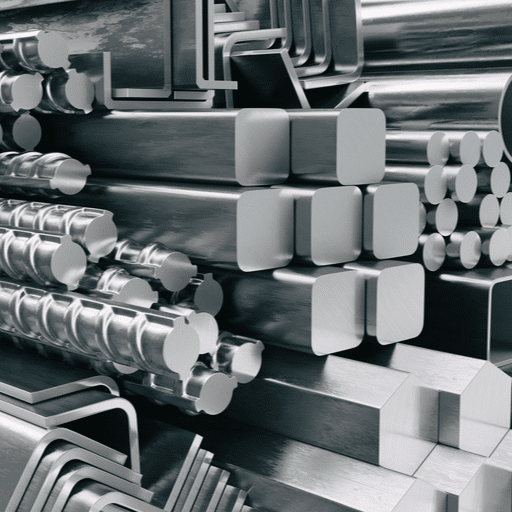
Different corrosion steels include stainless steel, which contains chromium as the distinguishing alloying element. Its content, in any case, must be at least 10.5 percent. Adding chromium remarkably helps corrosion resistance. This property inhibits rust and tarnishing, making stainless steel useful in conditions subjected to moisture and aggressive chemicals. Besides, stainless steel is polished and has a smooth surface, which gives it a recognizable high strength and durability. These qualities enable stainless steel to have distinctive applications, including medical and industrial tools, construction equipment, and kitchenware.
Chromium, nickel, and corrosion resistance
I believe that the presence of chromium is what offers protection against corrosion in stainless steel. Rusting is minimized because chromium forms a thin oxide coating over the surface, which stops moisture and oxygen from getting into the material. Nickel contributes to this protection while also providing further strength, ductility, and resistance to harsh environments. The combination of chromium with nickel is crucial in providing dependability and durability of stainless steel in severe circumstances.
Common grades of stainless steel
Stainless steel is subdivided into several grades of importance, each appropriate for particular uses. The principal ones are:
- 304 Stainless Steel: Features outstanding corrosion resistance and versatility, making it widely used in kitchen equipment, food processing, and architectural applications.
- 316 Stainless Steel: Contains additional molybdenum, which enables greater resistance to corrosion in marine and chemical environments.
- 430 Stainless Steel: Ferritic option that is low cost and primarily used in appliances and decorative applications.
- 2205 Duplex Stainless Steel: Ideal for the oil and gas industry because of its combination of high strength, resistance to corrosion, and durability.
These grades deal with a variety of areas while achieving a tradeoff between performance and cost.
Martensitic, austenitic, and ferritic stainless alloys
I’ve come to learn how vital understanding martensitic, austenitic, and ferritic stainless steels and stainless alloys is when deciding the material suitable for any application. Because of their unrivaled corrosion resistance and great ductility, austenitic stainless steels are commonly utilized in the food processing industry, medical industry, and in the construction of buildings. Ferritic stainless steels are more widely used in vehicle components and domestic goods because they are cheaper and offer moderate corrosion resistance along with good mechanical properties. Martensitic stainless steels are best suited for cutting tools, knives, and other applications that are prone to considerable wear due to their exceptional strength and hardness. Each type has unique properties, and the specific alloy selected greatly depends on the requirements of the particular project or environment.
How are alloy steels formulated for specific applications?
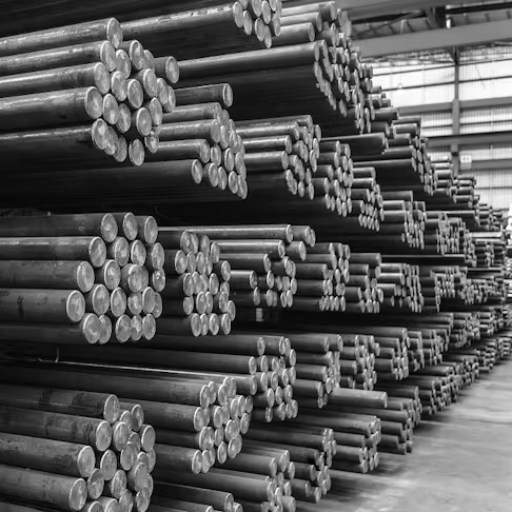
Chemicals in alloy steels are adjusted in a deliberate manner for particular applications so that certain properties will be achieved. Enhancement of properties such as strength, toughness, wear resistance, or corrosion resistance requires the addition of chromium, nickel, molybdenum, or vanadium in specific predefined amounts. The addition of other metals or nonmetals during the manufacturing process is often made in order to comply with the specifications of the application. These applications include aerospace components, which are expected to have very high heat resistance, manufacturing tools, which need enhanced machinability, and construction materials, which need to be extremely durable. Further improvement of the performance properties of the material is done by applying qualified heat treatment processes.
Key alloying elements: Molybdenum, tungsten, cobalt, and copper
And one fact is undeniable: molybdenum, tungsten, cobalt, and copper as key alloying constituents cannot be replaced. For example, molybdenum serves to increase strength and molybdenum resistance in very important cases. Tungsten is known for its contribution of extreme hardness, wear resistance, and is indispensable in the manufacture of cutting tools and parts operating at elevated temperatures. Cobalt is of great value where strength retention under high temperatures is required, as in aerospace and turbine engines. On the other hand, copper takes a noteworthy position due to its contribution to corrosion resistance and electrical conductivity, making it irreplaceable in electrical applications and the plumbing industry. When integrated into alloys, these elements, as carefully as possible, fulfill the required specific features to face the strict and continuous changes of modern industries.
High-temperature alloy steels
High-temperature alloy steels are advanced materials designed to endure severe heating or stress while retaining strength, stability, and resistance to deformation. Such steels usually contain elements like nickel, cobalt, and chromium which improve their oxidization, corrosion, and thermal fatigue resistance. They are usually used in the aerospace industry, power generation, and in various industrial applications. High-temperature alloy steels are important for turbine blades, heat exchangers, and furnace parts which function in extreme conditions.
Structural steel grades and their uses
I am sure that structural steel classifications are critical for project safety and productivity. Each grade differs in strength and composition, which affects its ductility and is therefore suitable for specific uses. For example, ASTM A36 encompasses a low-carbon structural steel grade that is easily weldable, thus it is used in bridge and frame construction. Other steels, such as ASTM A572 , are preferred for high-strength, low-alloy steels due to exceptionally high strength-to-weight ratios for tall buildings and load-bearing structures. Proper selection of structural steel grades guarantees maximum durability, stability, and economy, especially for challenging projects.
What types of tool steel are used in manufacturing?
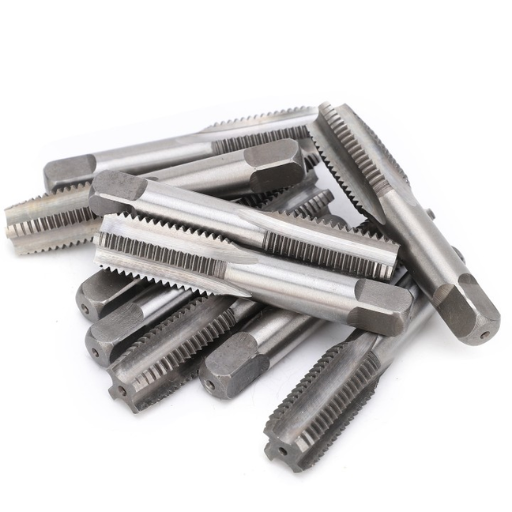
The tool steel used in manufacturing undergoes classification into numerous types based on distinct functions. Examples of such types are: high-speed steel (HSS) designed for cutting tools, cold-work steel for lower temperature operating tools, and hot-work steel for die casting tools which operate at elevated temperatures. In addition, there are other specialized types like water hardening steel, shock-resisting steel, and plastic mold steel tailored for particular manufacturing purposes. The selection of these alloys is often due to their hardness, resistance to abrasion, and the ability to retain a sharp edge or structure under stress.
High-speed steel for cutting tools
High Speed Steel (HSS) happens to be one of the most useful and durable options available for cutting tools. Its incredible hardness and capacity to maintain a sharp edge even under intense heat produced during high-speed operations make it critical for modern machining processes. From what I have noticed, its toughness guarantees longevity, which minimizes tool wear and reduces the need for frequent replacements. HSS provides outstanding precision and performance when used in drills, saw blades, and milling cutters, which is why it continues to be popular within the industry.
Tool steel grades and their specific applications
Absolutely! As for tool steel grades and their applications, I have personally dealt with a number of them, and to every grade, there is a particular strength which is useful for a specific job. Let me provide some explanation of the more frequently used tool steel grades and the situations where they are most effective:
- High-Speed Steel (HSS)
HSS works perfectly when making tools like drills, saw blades, and milling cutters. It can endure high temperatures without losing its hardness, which makes it a great fit for high-speed machining that produces a great deal of heat. Precision, along with durability and other factors like hardness, abrasion resistance, and heat resistance, is vitally important.
- D-Type Tool Steels (Cold Work Steels)
D2 is a cold work tool steel with low difficulty of processing and high wear resistance combined with excellent toughness, making it highly versatile. It is widely utilized for making dies, gauges, and cutting tools. The increased toughness of this grade is attributed to its carbon and chromium content when used in applications where wear is an industry concern.
- A-Type Tool Steels (Air-Hardening Steels)
A2 is one other steel known for its balance between resistance to wear and resistance to stress. It is used for punches, shears, and other tools that take moderate amounts of intensive force and need durability. During air-hardening, the tool distorts less from the heat treatment which is beneficial for tool accuracy.
- H-Type Tool Steels (Hot Work Steels)
The classification system includes H13 steel, which has a broad application spectrum owing to its use in die-casting molds and extrusion dies. It distinguishes itself by resisting high-temperature softening and thermal fatigue. The steel’s critical parameters under these conditions are its thermal stability, impact resistance, and toughness.
- W-Type Tool Steels (Water-Hardening Steels)
For relatively simple hand tools, like chisels and knives, W1 is a go-to material. It is less wear resistant than other grades, but is inexpensive and easy to machine. Its water-quenching treatment results in high hardness, but it is best suited for low-strength applications where heat resistance is not critical.
Each of these tool steels is customized for particular requirements. Focusing on specific properties like heat resistance, wear resistance, toughness, and machinability assists in selecting the appropriate grading for the project. Personally, I have learned that success requires a proper matching of material selection with application over the years.
How are different grades of steel classified globally?
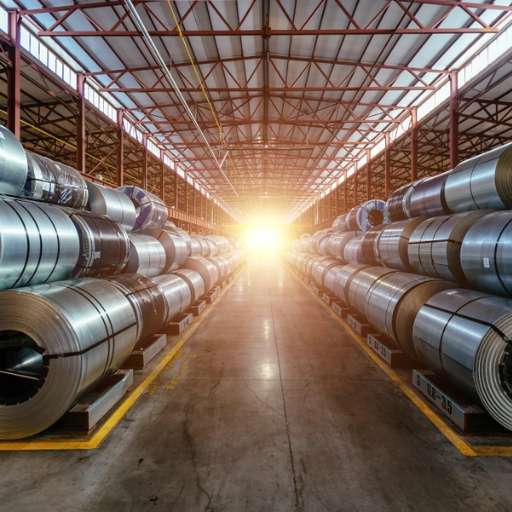
On a global scale, steel grades are categorized according to the metric systems of international and regional bodies like ASTM, ISO, EN, and JIS. Such systems follow particular nomenclature procedures and numerical systems for chemical and mechanical property indicators, as well as features of the intended use of the steel. For example, the American Society for Testing and Materials (ASTM) gives standards like A36 for construction steel, whereas the European EN system provides designations like S235. These classifications guarantee uniformity and interoperability between industries, thus giving assurance to engineers and manufacturers in any part of the world.
International steel grading systems
knowing international steel classification systems is important for the success of the projects undertaken. Whether it is ASTM, EN, JIS, or other systems, those standards serve as a basis for the choice of materials that need to be used. Having executed projects in different parts of the world, I saw how these standards enable effective communication and interaction among different suppliers, manufacturers, and engineers. If these established systems of divisions are followed, quality and safety standards, together with the ever-increasing standards of the international market, can be efficiently catered to.
Steel industry standards and specifications
Standards and specifications of the steel industry are important for maintaining uniformity, safety, and efficiency in the materials and products. Such standards as ASTM, ISO, and EN specifications make sure to control of the chemical composition, mechanical characteristics, and dimensional tolerances. Compliance with all of those standards enables the industry to maintain uniformity, augment interoperability, as well as ensure safety and quality compliance across different global markets. This system promotes innovation while ensuring that the finished products fulfill the essential functional and regulatory standards.
How to determine which steel grade you need
Selecting the appropriate grade of steel requires a close examination of the needs of your application. Personally, I, for example, always start by thinking about the intended purpose and the environment steel will be exposed to. For instance, will it require high-temperature resistance, anti-corrosion ability, or great strength? After that, I check relevant industry rules and regulations to make sure there is compliance. Other criteria, such as tensile strength, hardness, and machinability, also matter in my decision-making. Furthermore, I discuss the grade with the suppliers because their experience and expert opinion will help to make sure that it is correct from both performance and financial perspectives.
Reference
- Service Steel: Types of Steel & Steel Grades Chart – Offers classifications, usages, and an ASTM Steel Grade chart.
- Metal Supermarkets: What are the Different Types of Steel and Steel Grades? – Provides details on low, medium, and high-carbon steel grades and their properties.
- PlanHub: Types of Steel and How They’re Graded – Explains the four main types of steel and their grading systems.
Frequently Asked Questions (FAQs)
Q: What are the four types of steel most commonly recognized in industry?
A: The four types of steel that form the foundation of steel classification are carbon steel, alloy steel, stainless steel, and tool steel. Each type has distinct properties based on their composition of iron and carbon, along with other elements. Carbon steel is the most common type, making up about 90% of steel production worldwide. Alloy steel contains additional elements like manganese and nickel. Stainless steel contains at least 10.5% chromium for corrosion resistance. Tool steel is designed for cutting, pressing, and shaping other materials.
Q: How do we classify steel into different types, and what are the standards used?
A: Steel is classified based on chemical composition, production methods, and intended applications. The major classification systems include those developed by the American Iron and Steel Institute (AISI), the Society of Automotive Engineers (SAE), ASTM International (formerly American Society for Testing and Materials), and the World Steel Association. These systems help identify the properties of various types of steel. For example, carbon steel is classified by carbon content into low, medium, and high-carbon steel, while stainless steel is classified into austenitic, ferritic, martensitic, duplex, and precipitation-hardening types.
Q: What properties does carbon steel include, and where is it commonly used?
A: Carbon steel includes grades with carbon content ranging from 0.05% to 2.1%. Low carbon steel (0.05-0.30% carbon) offers good formability and weldability, making it ideal for automotive bodies, wire products, and construction materials. Medium carbon steel (0.30-0.60%) provides better strength and is often used in machinery, axles, and gears. High-carbon steel (0.60-2.1%) delivers maximum hardness and strength, making it suitable for cutting tools, springs, and high-strength wire. Carbon steel is the most common type in existence, accounting for roughly 90% of the world’s steel production.
Q: What makes stainless steel different from other steel types?
A: Stainless steel is distinct among different types of steel due to its minimum chromium content of 10.5%, which creates an invisible chromium oxide layer that prevents corrosion and rust. Stainless steel contains other elements like nickel, molybdenum, and titanium that enhance specific properties. The major types include austenitic stainless steel (non-magnetic, excellent corrosion resistance), ferritic stainless steel (magnetic, moderate corrosion resistance), martensitic alloys (hardenable, moderate corrosion resistance), and duplex stainless steel (combined properties). Stainless steel is often used in environments requiring hygiene, corrosion resistance, or aesthetic appeal, such as kitchen equipment, medical instruments, and architectural applications.
Q: How does alloy steel differ from carbon steel, and what are its applications?
A: Alloy steel is a metal that contains iron, carbon, and significant amounts of other elements such as manganese, nickel, chromium, and molybdenum that enhance specific properties. Unlike carbon steel, which primarily relies on carbon content for its characteristics, alloy steel is designed with these additional elements to improve strength, toughness, hardenability, and corrosion resistance. Low-alloy steel typically contains less than 8% of alloying elements, while high-alloy steel contains more. Alloy steel is often used in pipelines, automotive components, pressure vessels, power generation equipment, and structures requiring high strength in high-temperature environments.
Q: What steel type is best for construction projects and why?
A: For construction projects, structural carbon steel is the most common type of steel used due to its excellent combination of strength, ductility, and cost-effectiveness. Specific grades like A36 (general construction), A572 (higher strength applications), and A992 (building frames) are frequently specified. For projects exposed to weather, weathering steel (such as A588) or galvanized steel is preferred for corrosion resistance. When a project requires higher strength-to-weight ratios, high-strength low-alloy (HSLA) steel is the steel you need. For specialized applications like bridges or high-rise buildings, engineers might specify particular grades based on loading conditions, environmental factors, and building codes.
Q: How can you identify which steel you need for a specific project?
A: To identify which steel you need, first determine the key requirements of your project: strength needs, environmental conditions (exposure to weather, chemicals, high temperatures), fabrication methods (welding, machining), weight considerations, budget constraints, and applicable industry standards. Consult with metallurgical engineers or steel suppliers who can recommend specific grades based on these factors. Reference industry standards like those from ASTM International or the American Iron and Steel Institute that classify steel based on chemical composition and mechanical properties. For common applications, standard grades exist—S275 or S355 for structural work, 304 or 316 for corrosion resistance, or tool steels for cutting implements—but custom applications may require specialized steel alloys.
Q: What are the emerging types of advanced high-strength steel in the automotive industry?
A: The automotive industry has developed several advanced high-strength steel (AHSS) types to reduce vehicle weight while maintaining safety. These include Dual Phase (DP) steel, which offers high strength and good formability; Transformation-Induced Plasticity (TRIP) steel with enhanced formability; Complex Phase (CP) steel with high energy absorption; and Martensitic steel, the strongest conventional AHSS. Even more advanced are press-hardened steels and third-generation AHSS like TWIP (Twinning-Induced Plasticity) steel. These high-performance metal alloys help manufacturers meet stringent fuel efficiency standards while maintaining crash performance. The World Steel Association and Society of Automotive Engineers actively promote research in this area, as steel is also evolving to compete with aluminum and composite materials.

